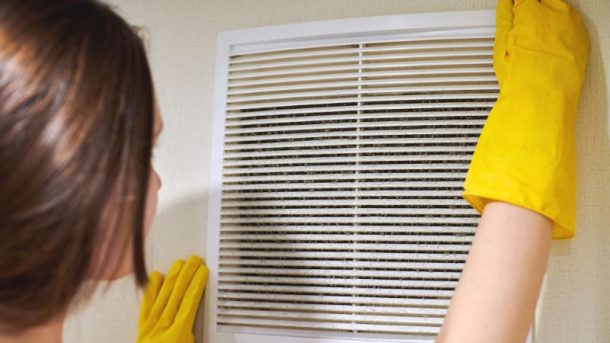The HVAC system helps keep the air inside your home clean and safe. There are some factors that can affect the quality of indoor air and they include design, ventilation and performance. These factors can lead to health problems and can affect student learning and productivity.
Incorrect ventilation can lead to contaminants such as viruses and bacteria. A good ventilation system should include air exchange rates to keep pollutant levels down. If the rate of ventilation is high then the outdoor air will be more likely to be mixed with the air inside the home this can have a significant impact on the indoor air quality of a building.
Indoor air quality has been linked to asthma studies have found that ozone is associated with absenteeism in schools. There are also reports that mold and mildew are associated with asthma symptoms. To prevent mold make sure the duct system is clean you can also install air cleaning devices.
A well-designed and functioning HVAC system can provide a comfortable working environment while keeping pollutants and odors out. The best ventilation systems should use a gas phase air filtration system which removes volatile organic contaminants from the incoming air. Filters should be changed often. When they are contaminated they can spread the pollution throughout the ventilation system it is also important to ensure the filters do not bypass the air around them.
Construction materials can also contribute to indoor air pollution. Ducts made of insulation can have a high risk for mold growth. Many existing schools have a contaminated duct system.
The American Society of Heating, Refrigeration and Air-conditioning Engineers (ASHRAE) has developed a guide to air quality systems. In addition, there are several references available on construction.
Architects and engineers are responsible for designing air quality systems. They will take into account the type of occupants the size of the space and the amount of natural light. ASHRAE also offers a series of guidelines on energy efficiency.
The ASHRAE Standard 90.1 series provides recommendations on energy efficiency. Some schools have been able to reduce the negative effects of outdoor air by installing energy recovery ventilation. Other methods include wind driven cross-ventilation which uses the difference in air densities to move air.
Stack ventilation is another method for controlling humidity. This strategy involves using a stack of two or more convective fan pairs to create a positive pressure in the room. High humidity can cause condensation. Using a humidifier that leaks water can also cause wetting of surfaces keeping these surfaces dry by continuously flushing with outside air can help prevent mold.
Indoor air quality is an important consideration for all occupants. Whether you are a teacher, student or adult a building with poor IAQ can be dangerous.




